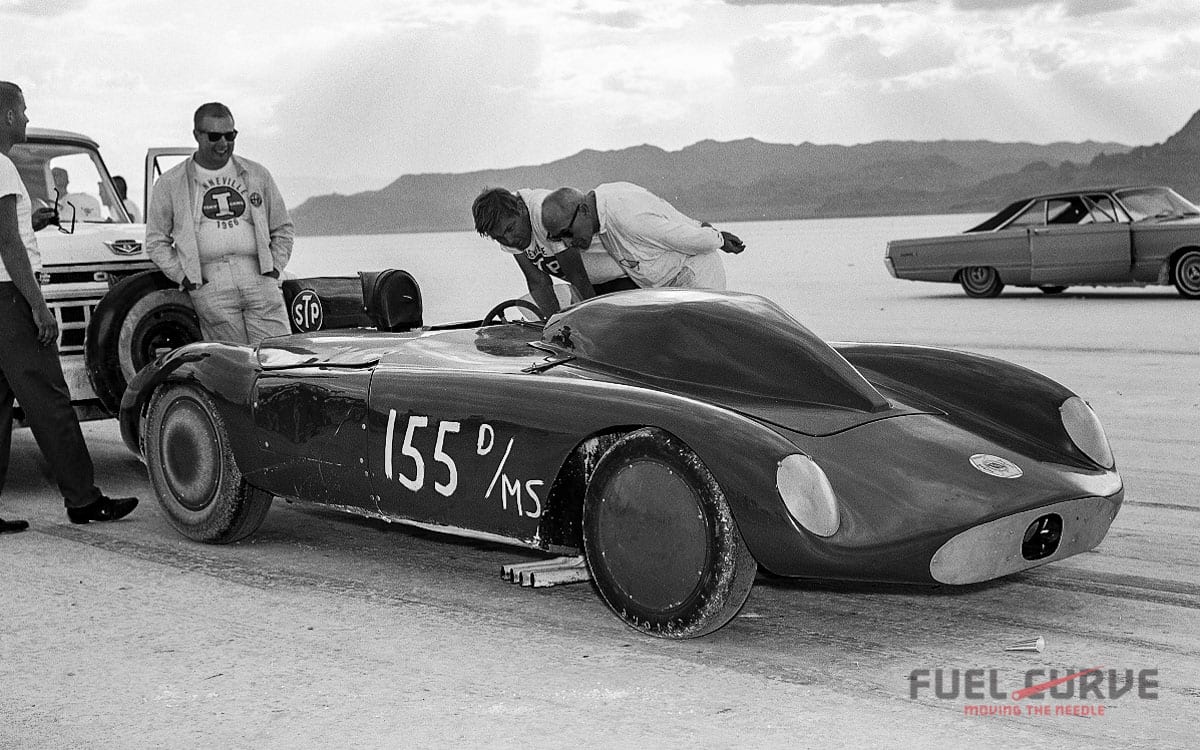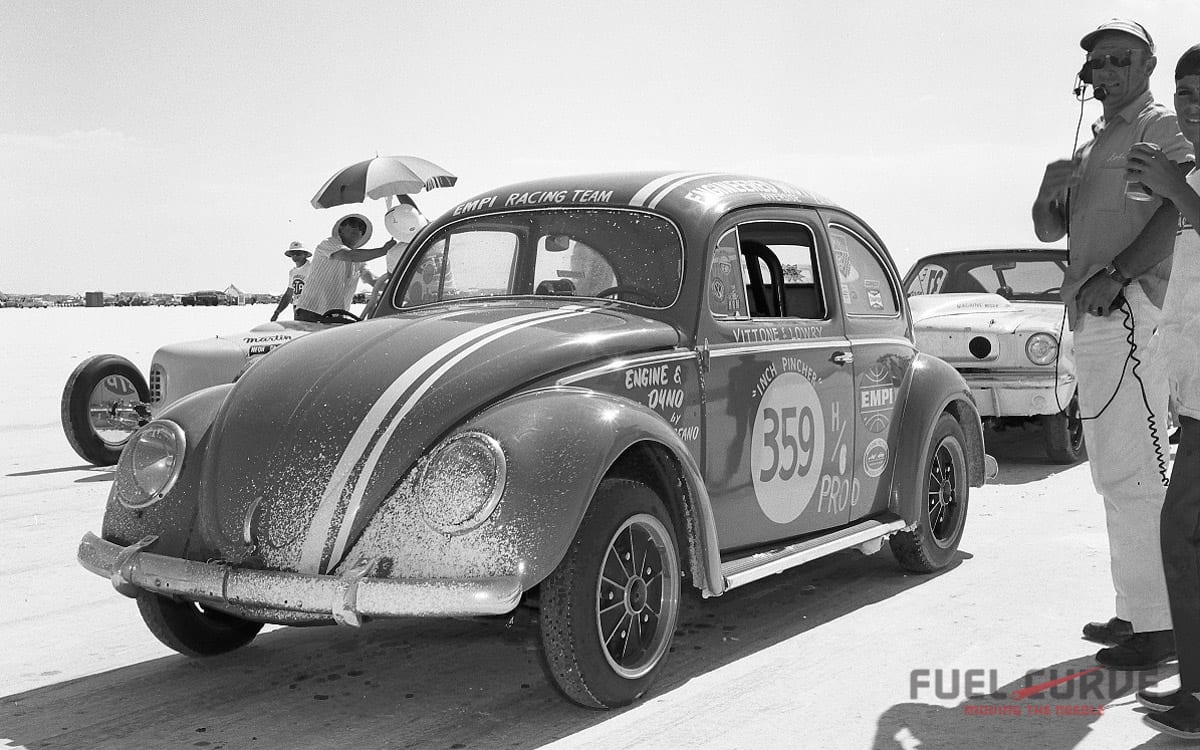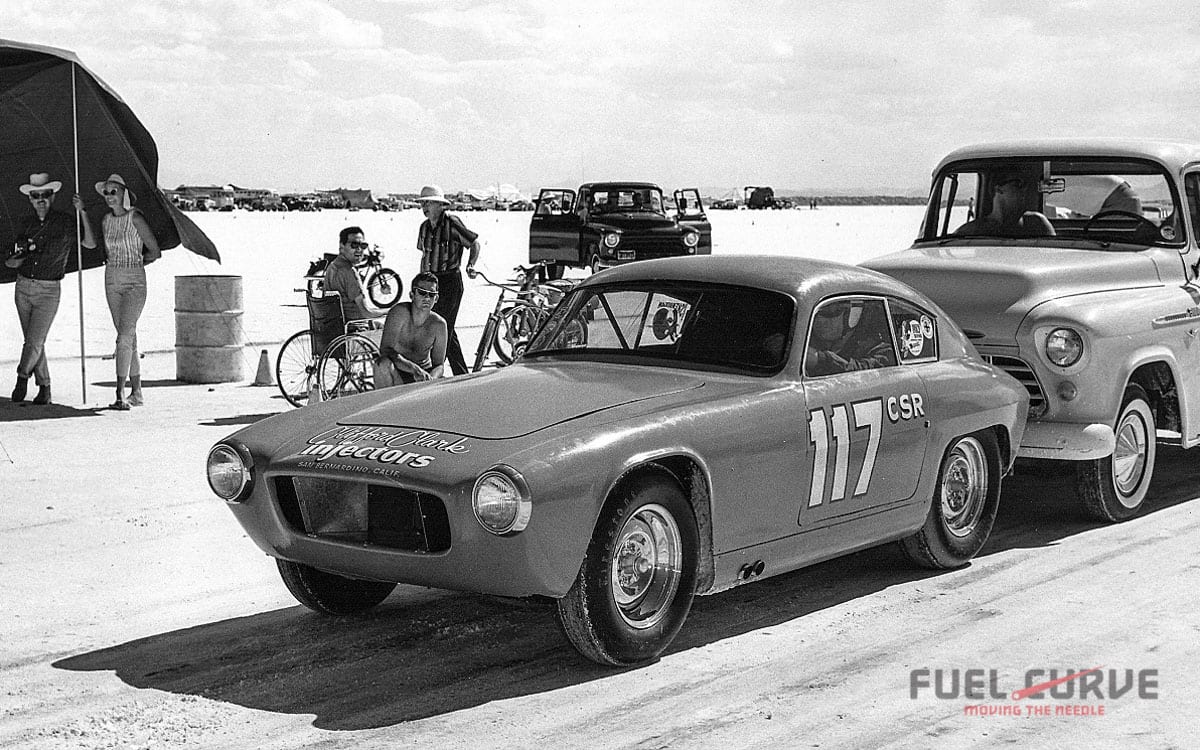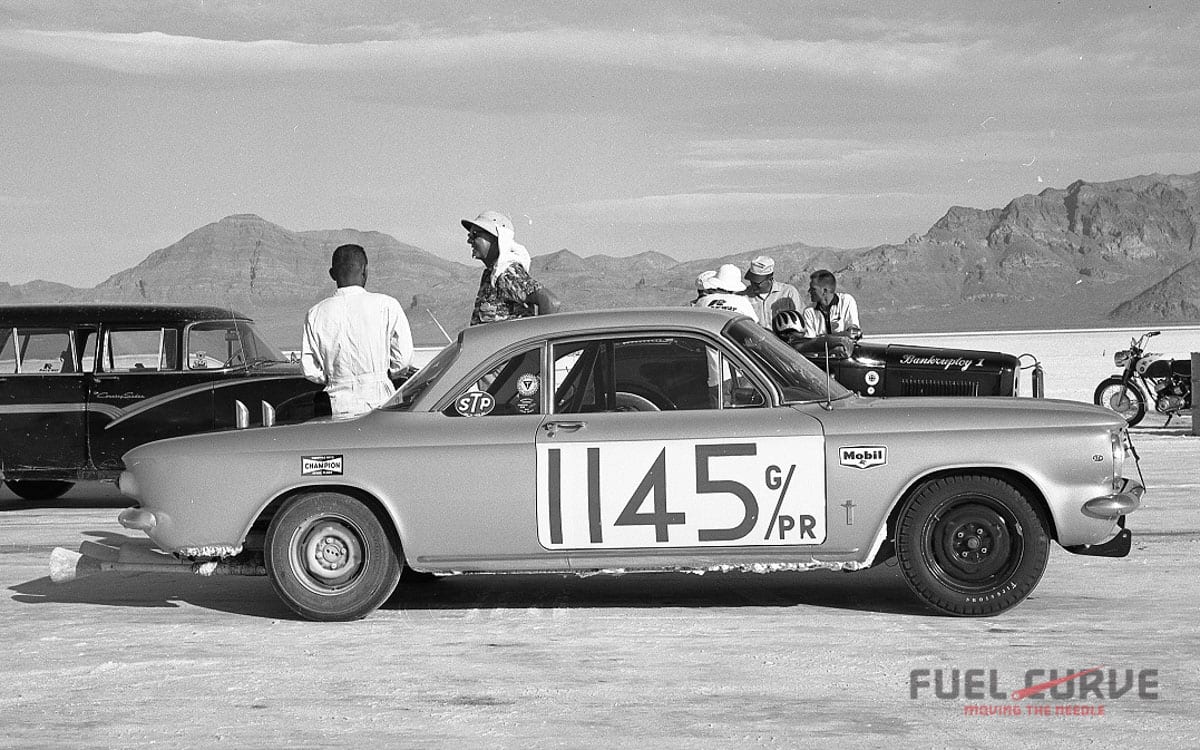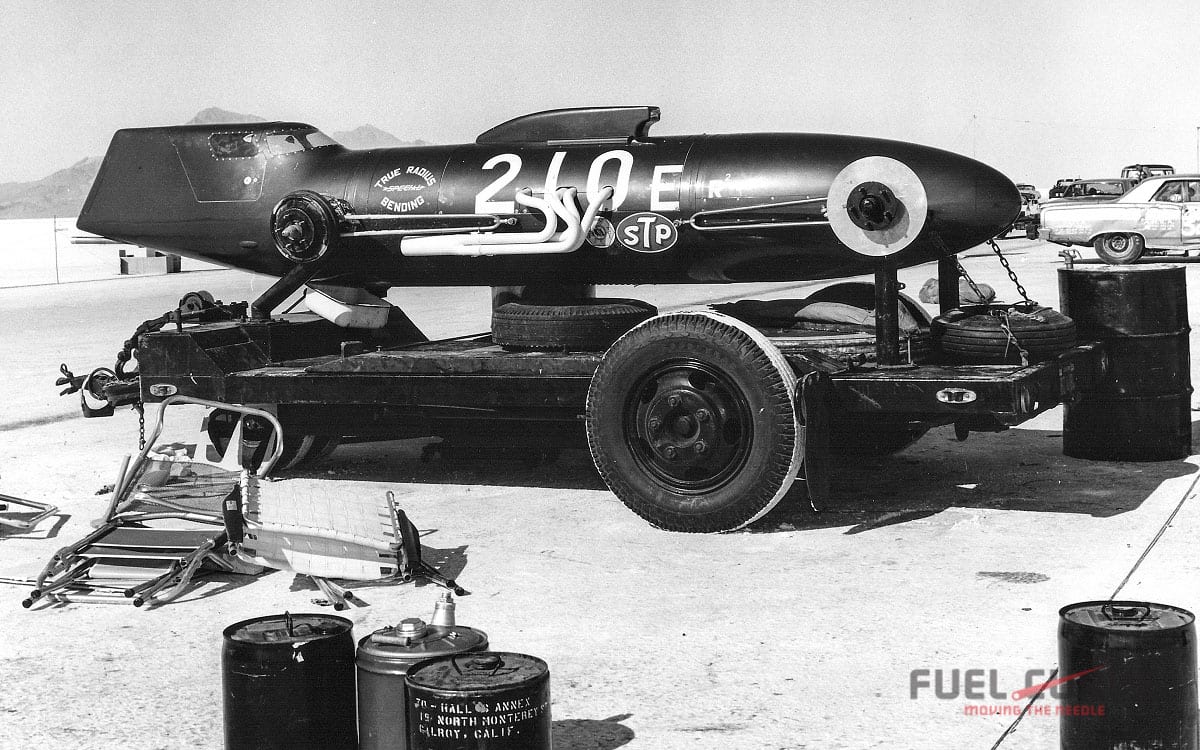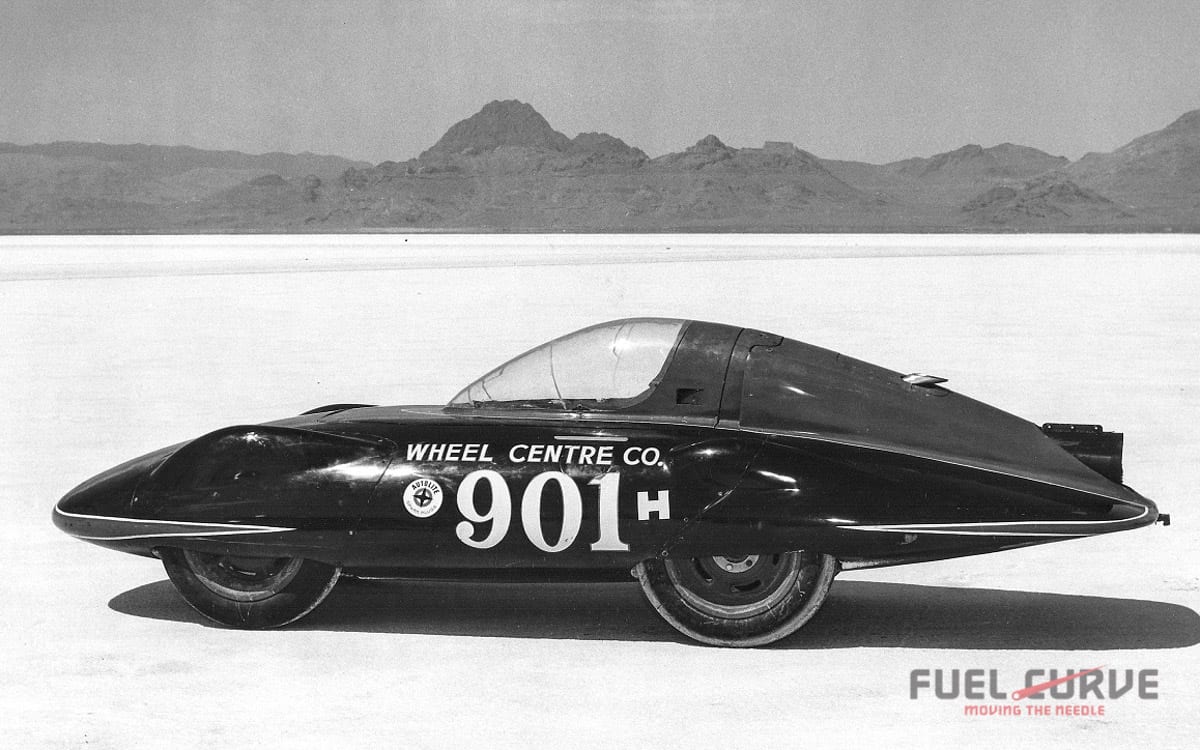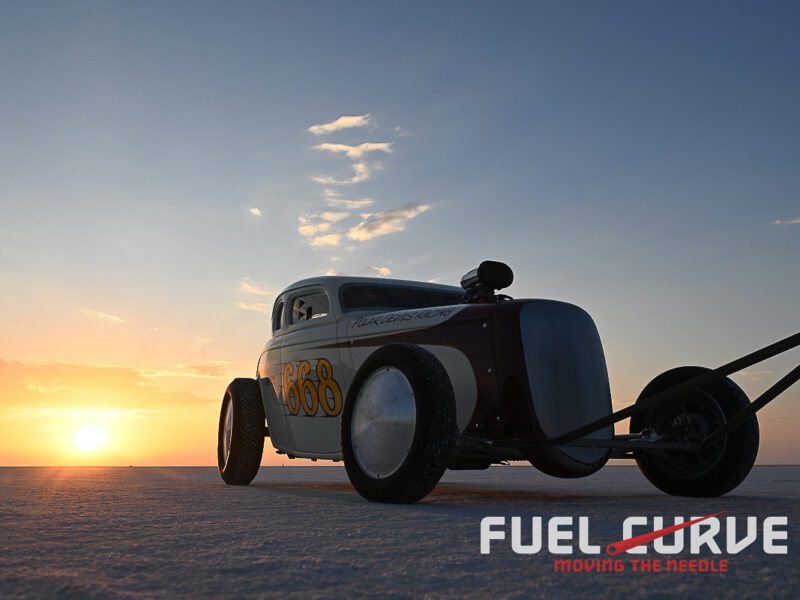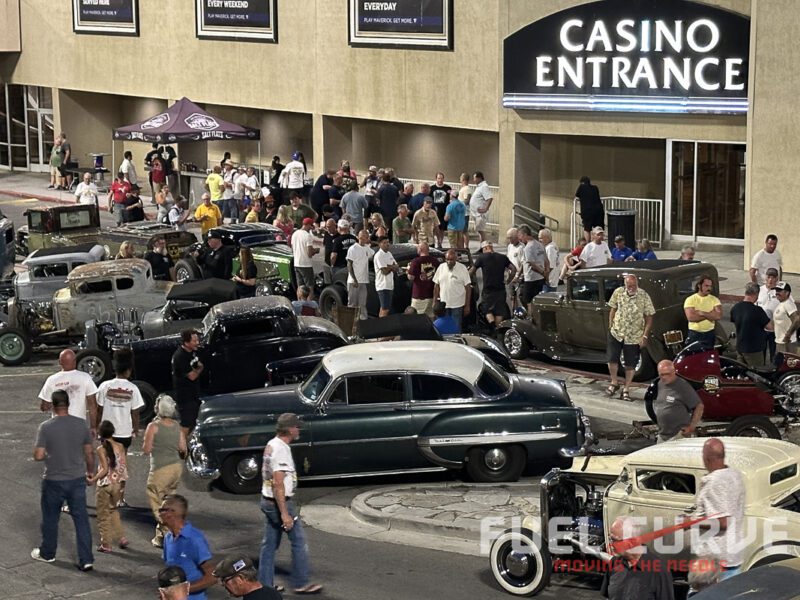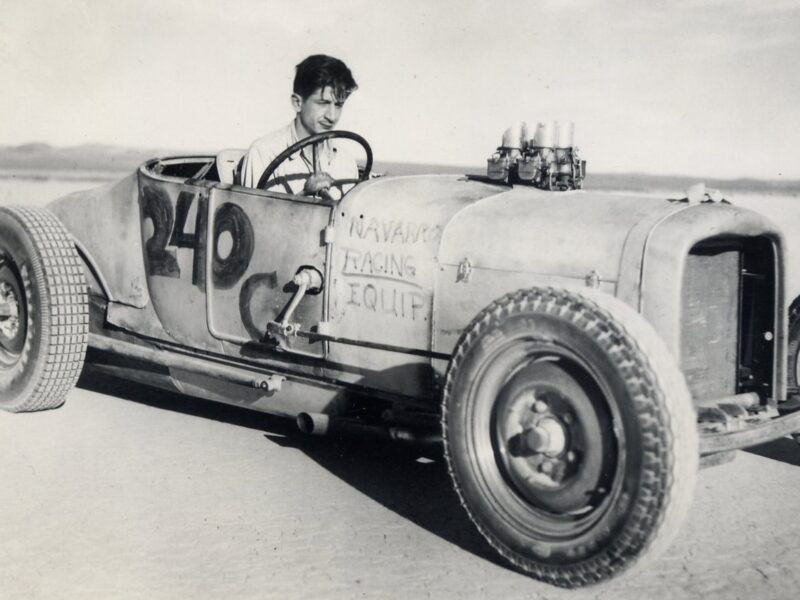Bonneville Salt Flats – Oddballs and Rarities
The Bonneville Salt Flats covers about 100 square miles in Tooele county Utah. The flats, part of the Great Salt Lake Desert, are a remnant of the bed of an ancient lake formed about 30,000 years ago late in the Pleistocene Epoch. Named for explorer and fur trader Benjamin de Bonneville, the salt flats are the remains of what was once massive lake about the size of Lake Michigan.
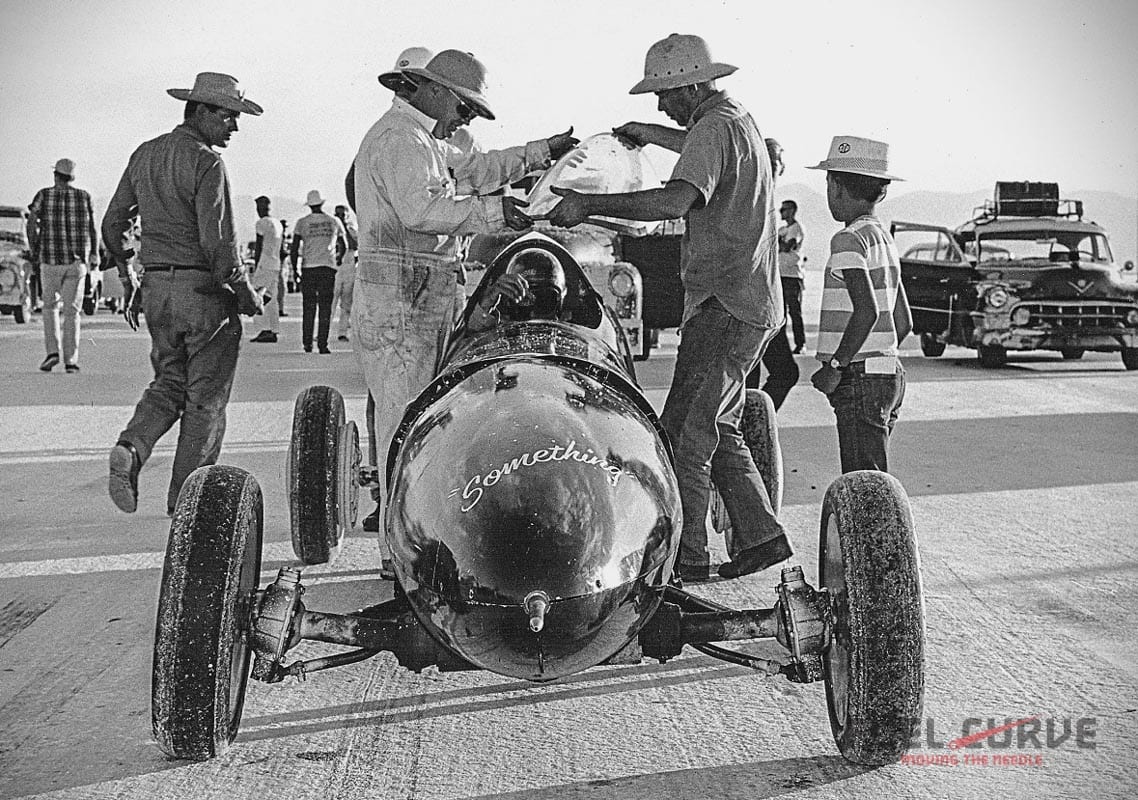
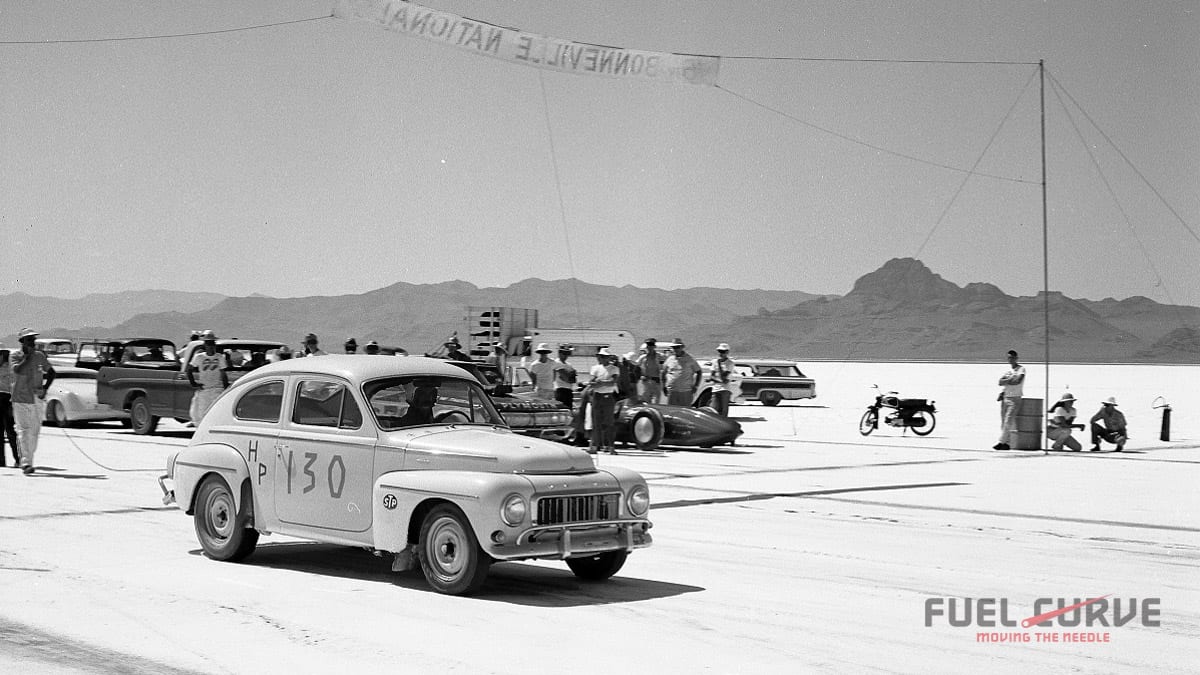
Since the first SCTA-organized gathering in 1949, Bonneville Speed Trials has been a sort of Burning Man for the speed afflicted. Hot rodders, their machines first tuned on the dry lakes of Southern California, flocked to Bonneville’s wide open moonscape — a horizon-to-horizon expanse inviting wide open throttles and triple-digit speeds.
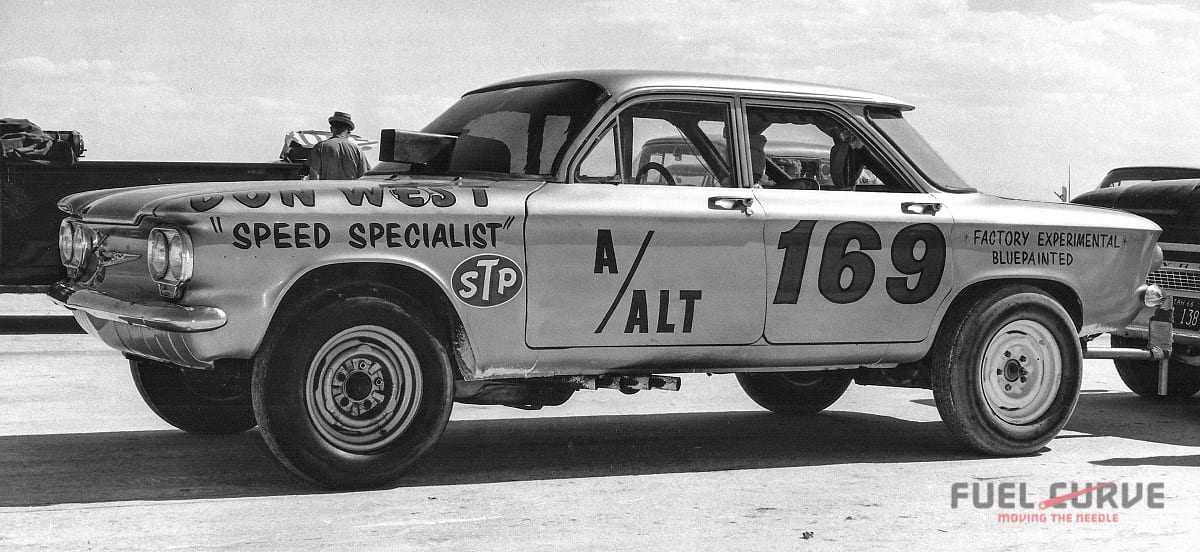
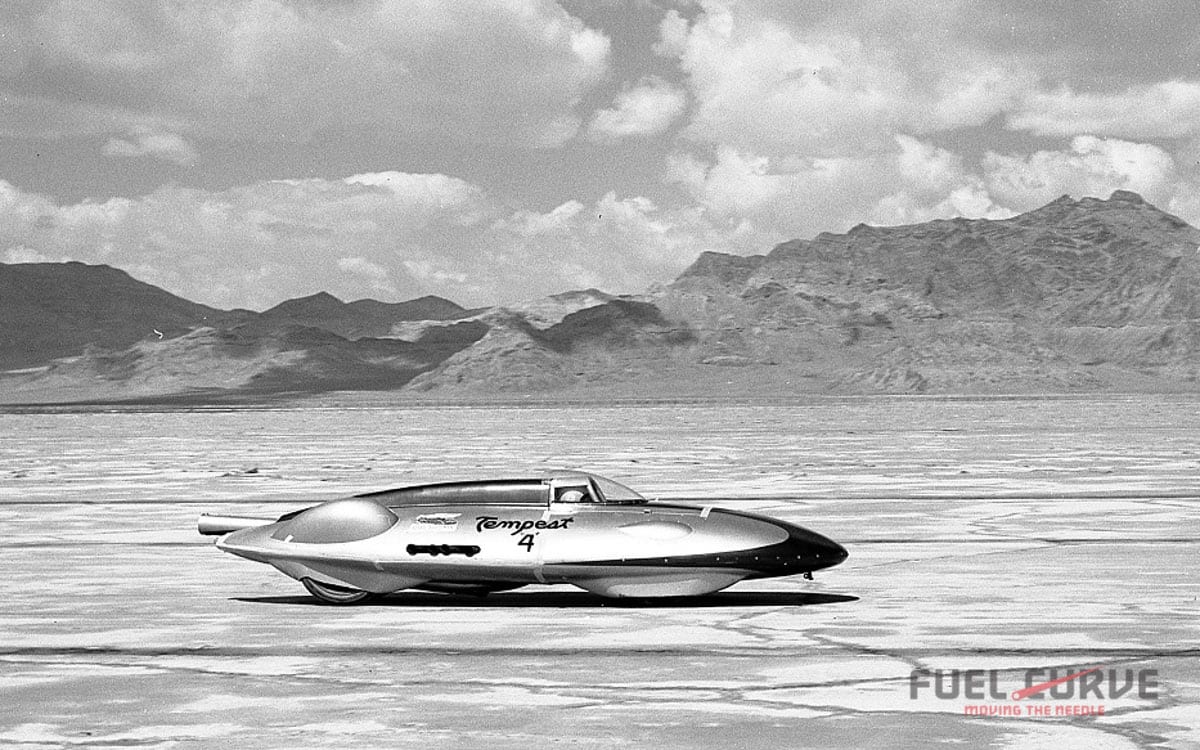
While that ’49 meet kicked off the modern era at the Bonneville Salt Flats, the venue’s you-can-see-the-curvature-of-the-earth landscape first attracted racers as far back as 1907, when a man by the name of Bill Rishel drove a Pierce-Arrow across the salt. In 1914, American race car driver Teddy Tetzlaff drove a custom built 200hp car known as the Blitzen-Benz to 141.73 mph on the flats.
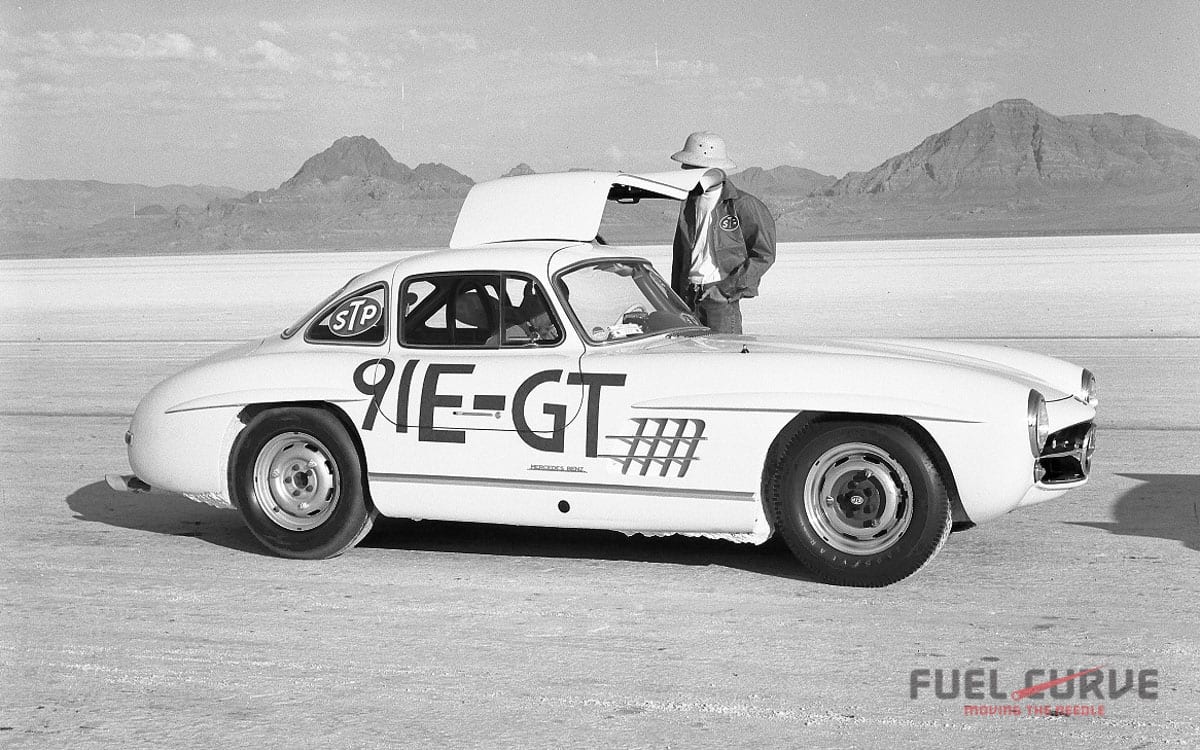
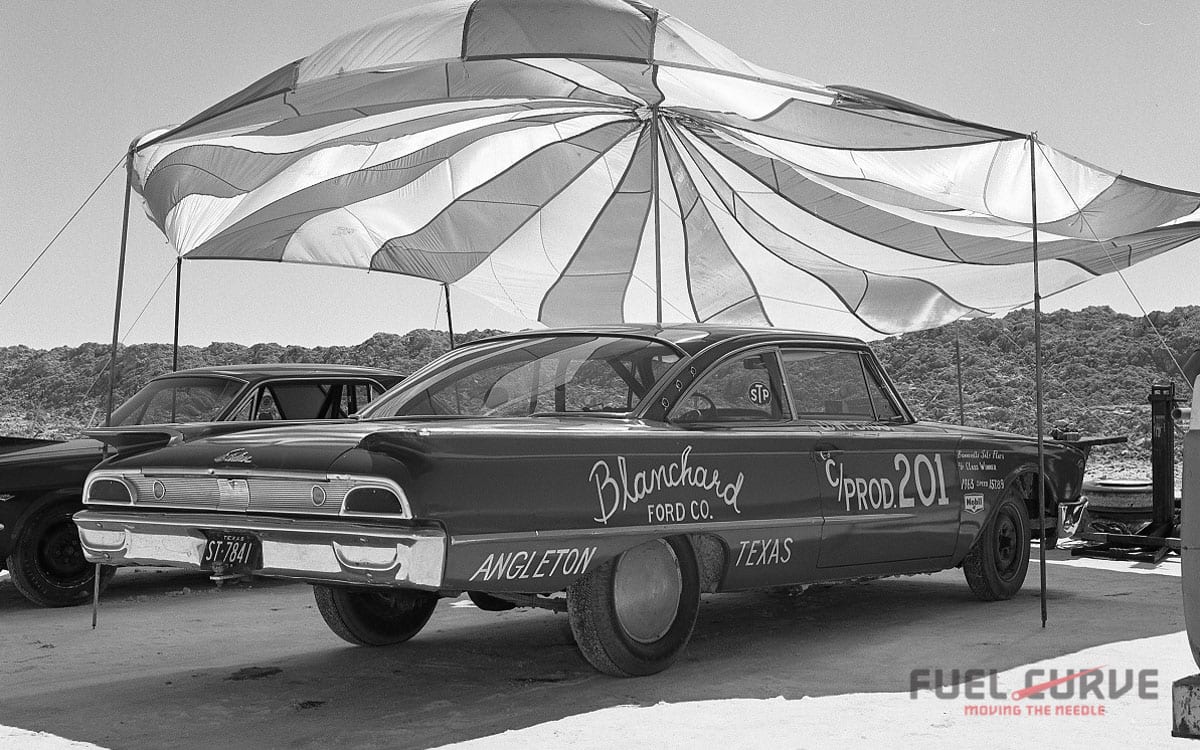
Then in 1925, one enterprising chap, Abe Jenkins, hell-bent on promoting the salt as a venue for speed trails, challenged a Union Pacific Railroad train for bragging rights across the flats. He bested the locomotive by five minutes.
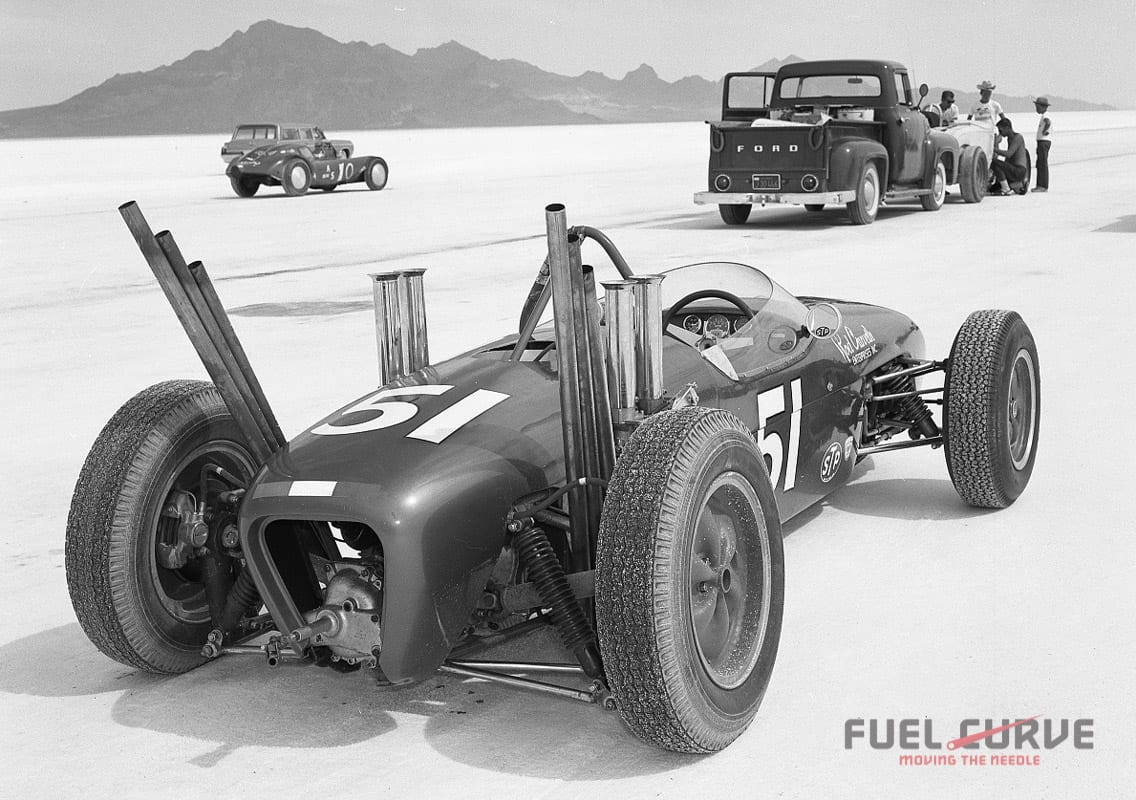
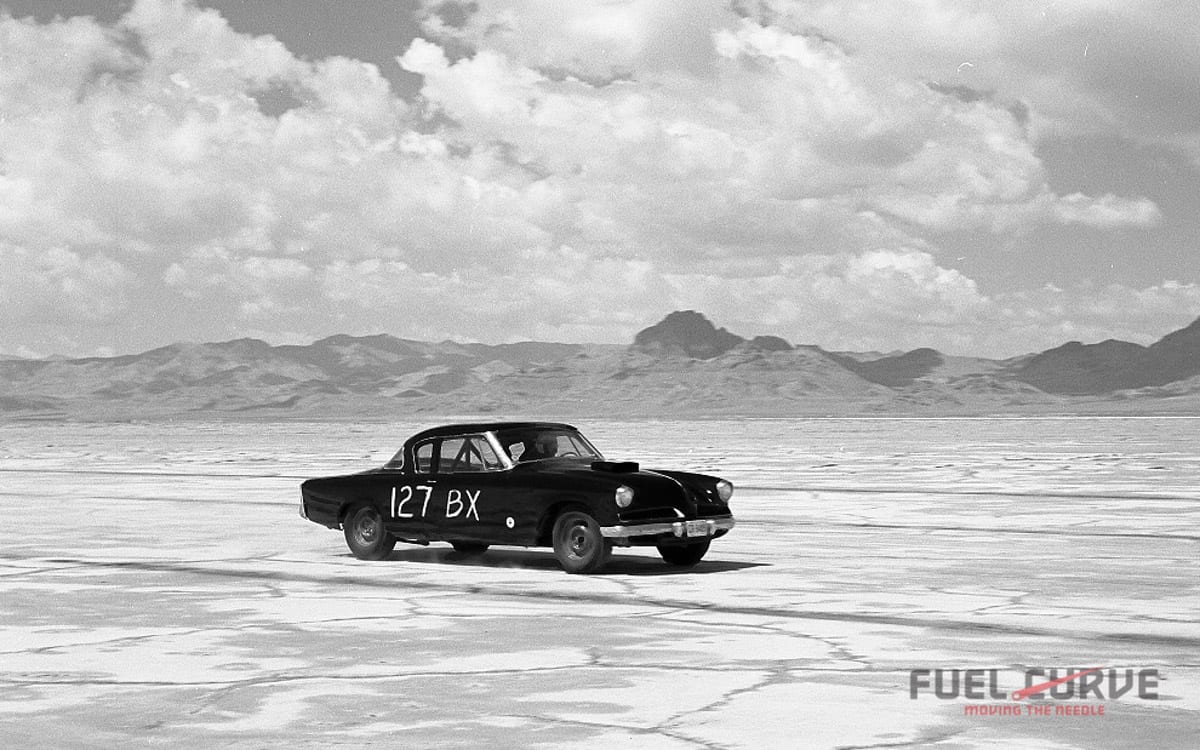
The draw of the Bonneville Salt Flats heated up after WW2. In 1948, SCTA general manager Wally Parks and Hot Rod magazine publisher Robert Petersen spearheaded a campaign to open the salt flats to racing, leading to the first meet in 1949.
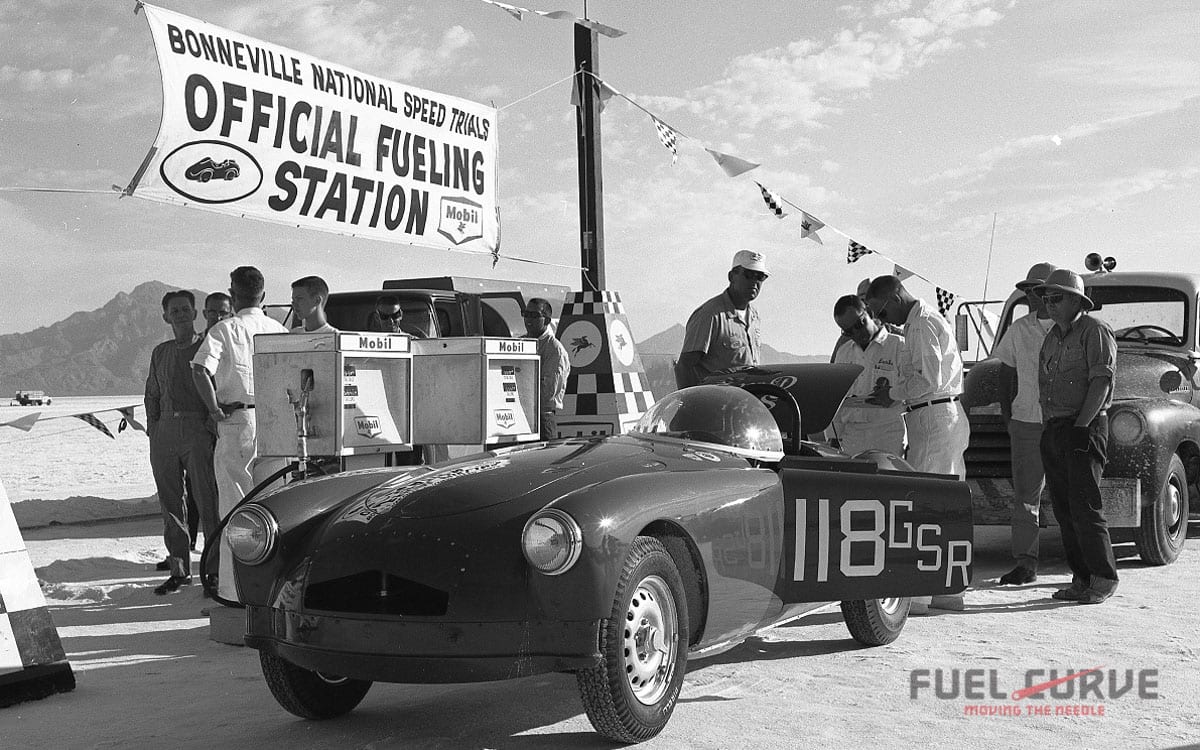
From that first meet to today, the lure of speeding across the salt has attracted entrants and cars of all shapes and sizes and performance, encouraged by a class structure that seemingly has a category for every type of wheeled contraption, from jet cars to electric motorcycles.
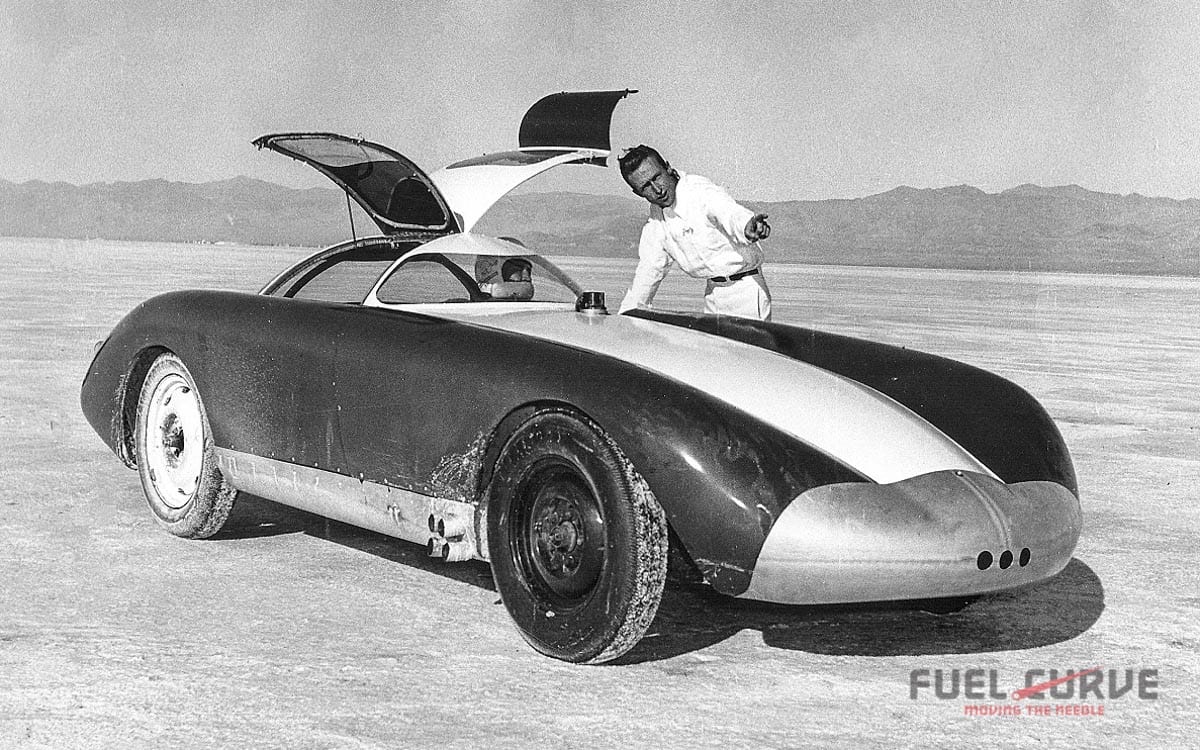
Over the years, many famous, serious racing machines have blurred across B’ville’s potash salt surface — the SoCal Speed Shop coupe, the Burke lakester, the City of Burbank streamliner, the Summers Brothers 400-mph bullet, the jet cars of Breedlove and Arfons, and the hundreds of cars that joined the illustrious 200 mph hour club.
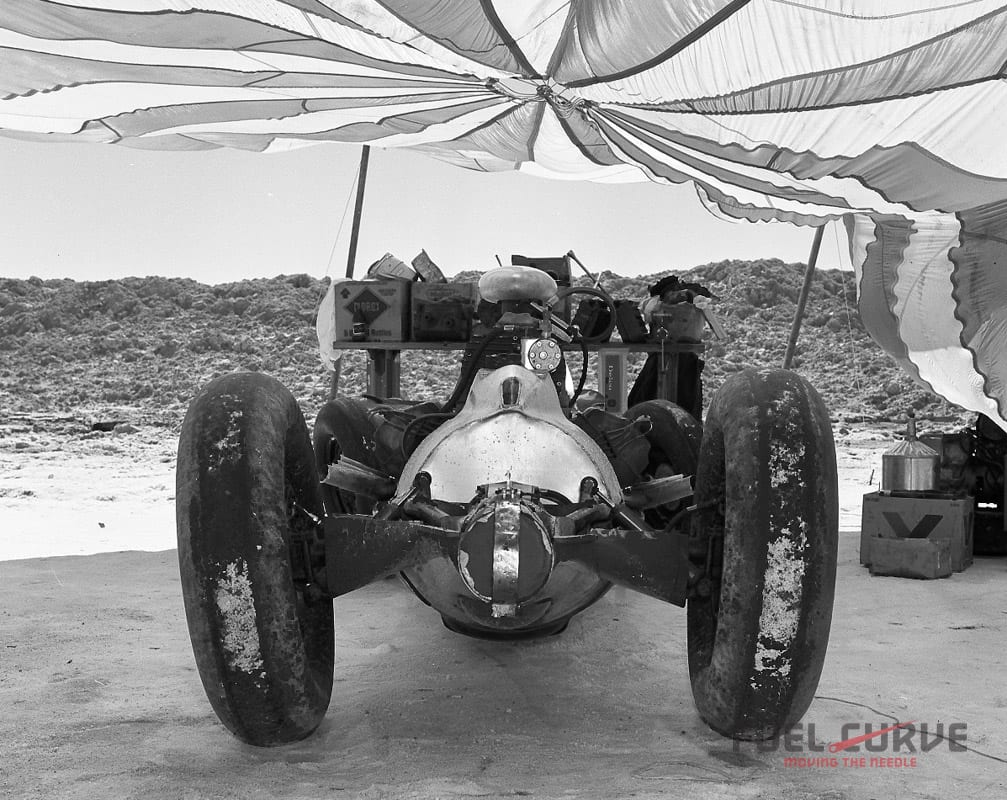
Fuel Curve recently ran a Time Capsule post on the mano-a-mano jet car shootout from the early 1960s between Breedlove and Arfons. The story was inspired by rare photographs unearthed from the Tom Medley and Don Francisco archive. While reviewing hundreds of images, it became apparent that in addition to attracting powerful jet cars and sleek streamliners, the generous SCTA rulebook drew all manner of bizarre vehicles — Swedish Saabs, Italian Alfas, German VWs and even Mercedes SLR’s. Who knew?
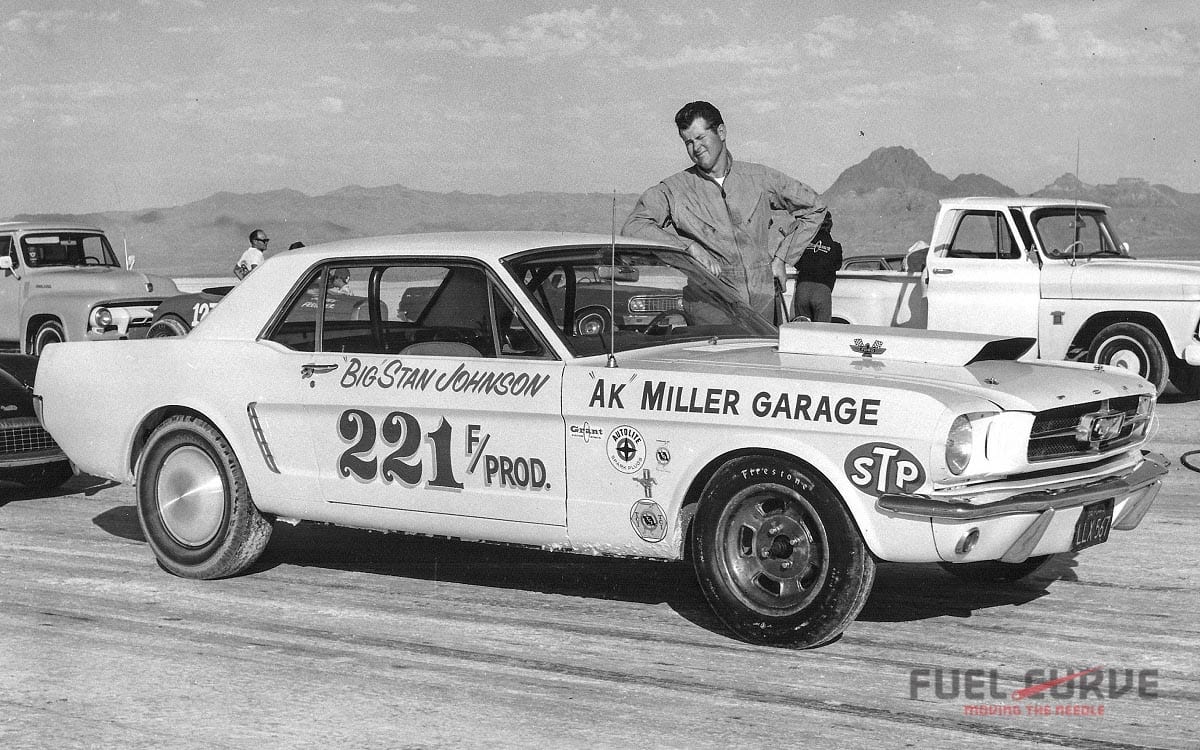
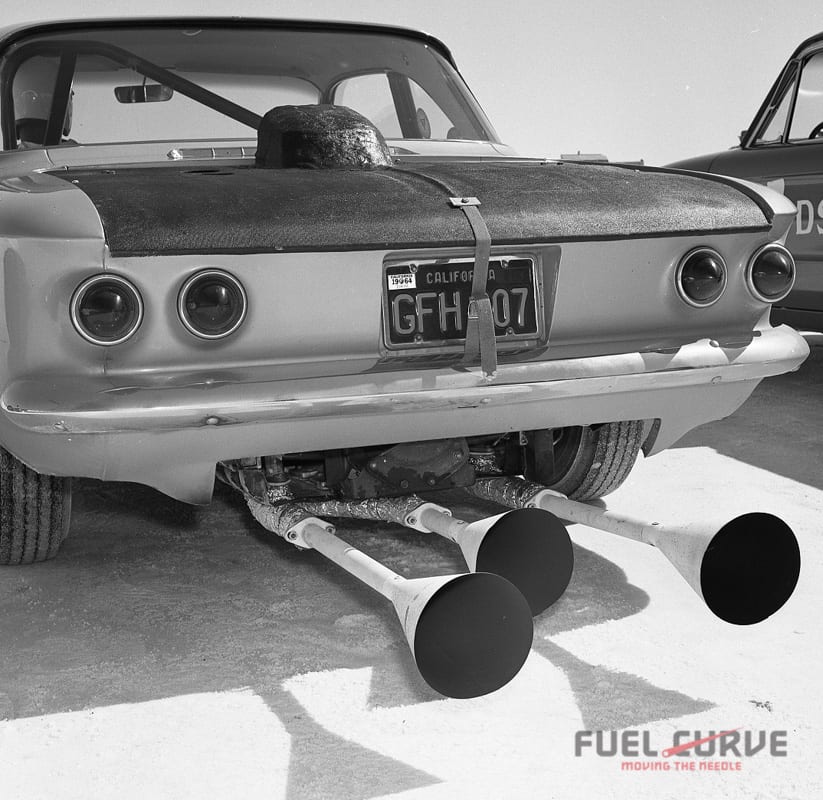
So it is that Fuel Curve has decided to honor the cars of “everyman,” those humble vehicles and their owners who proudly trekked to the salt in search of hot rod glory and maybe, just maybe, a place in the Bonneville record book.

